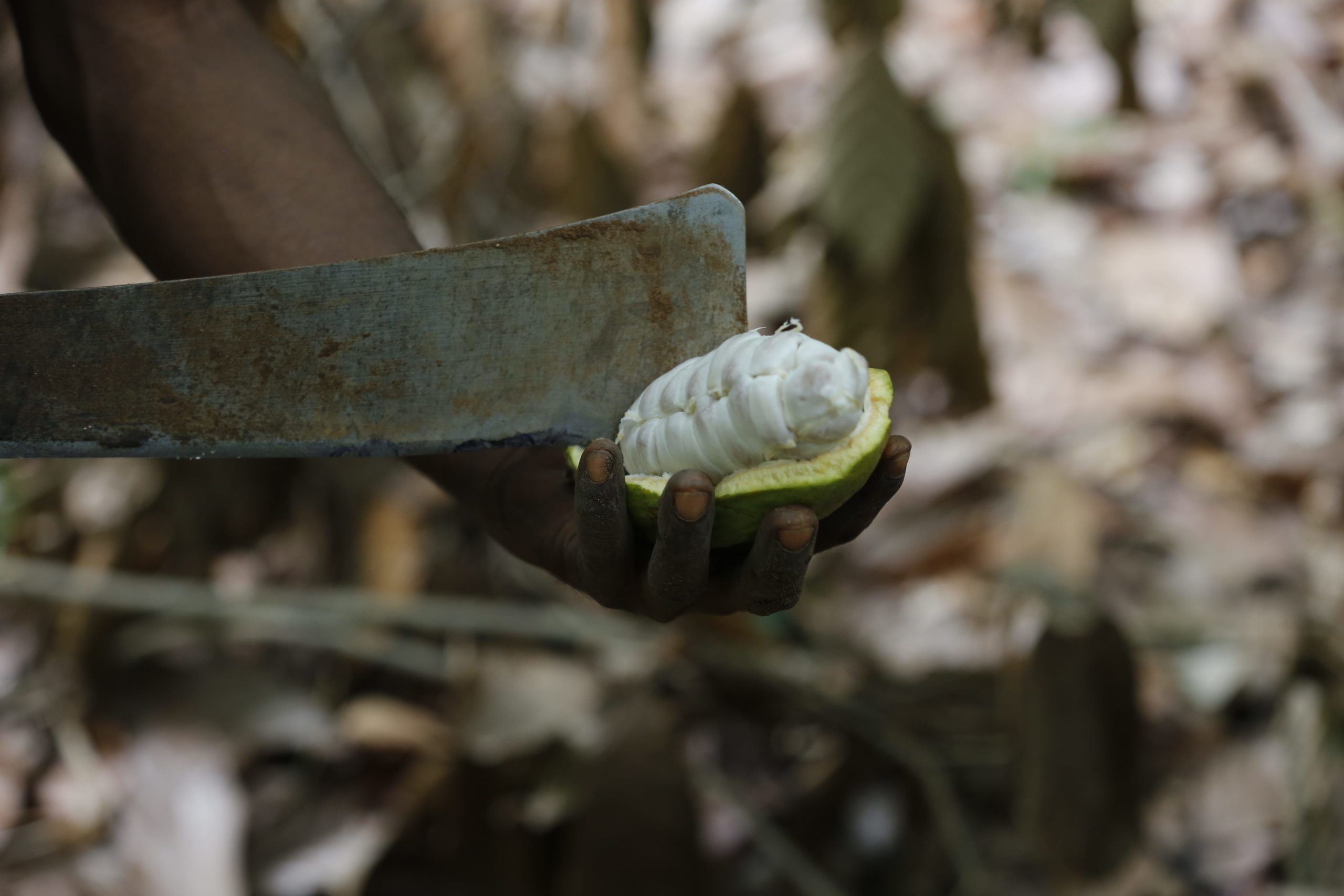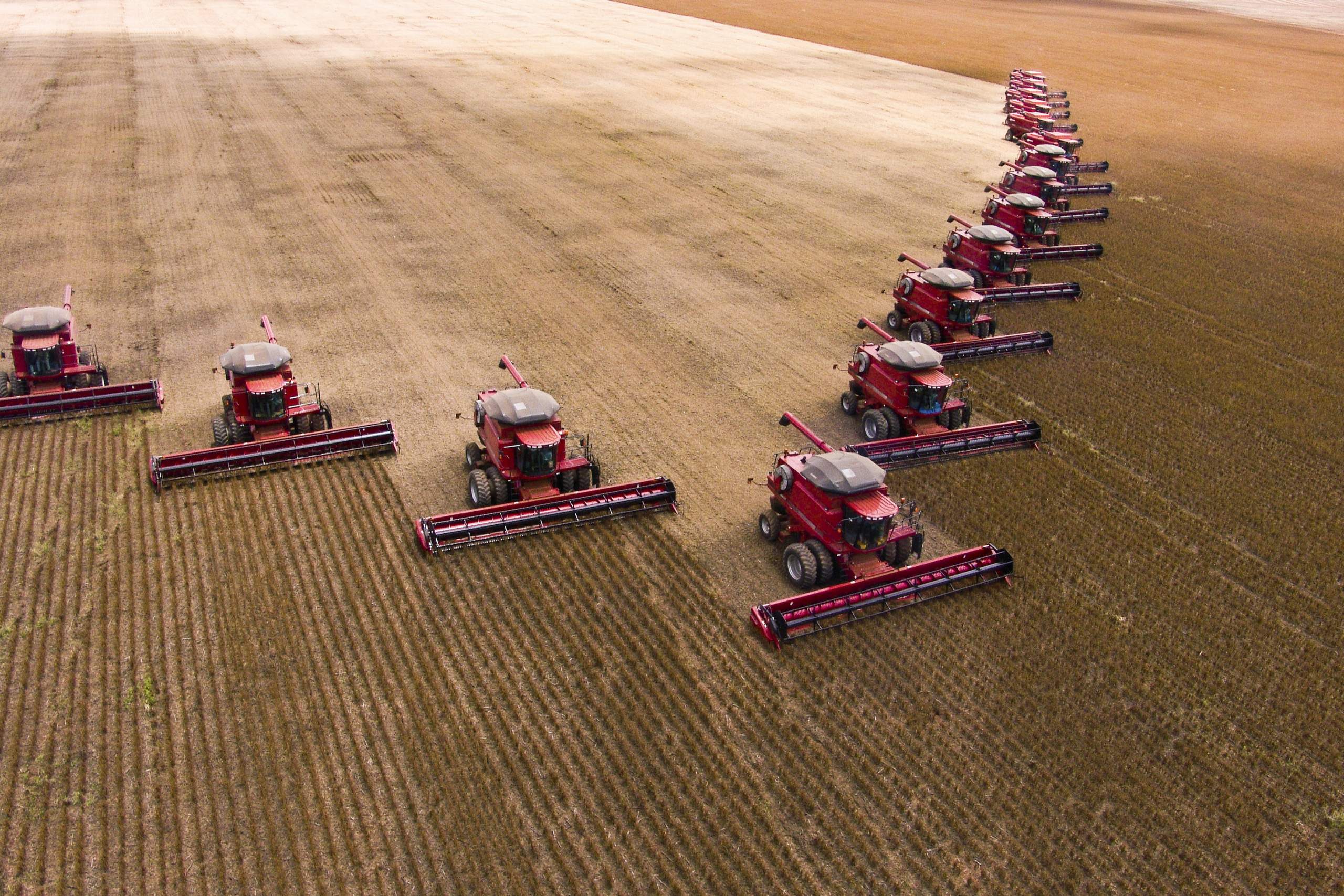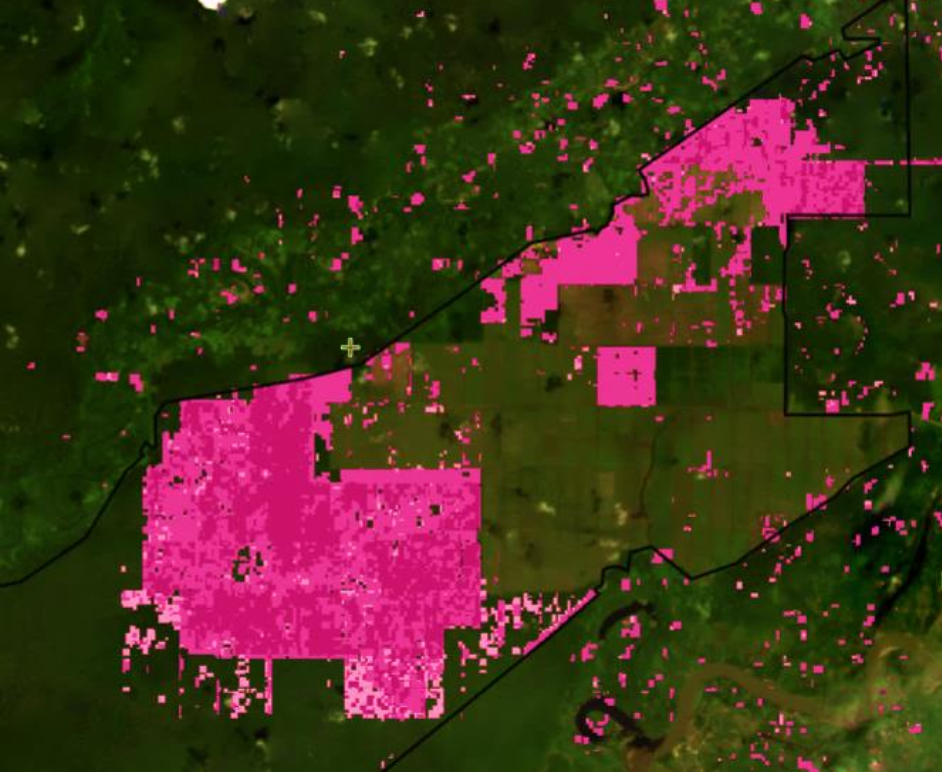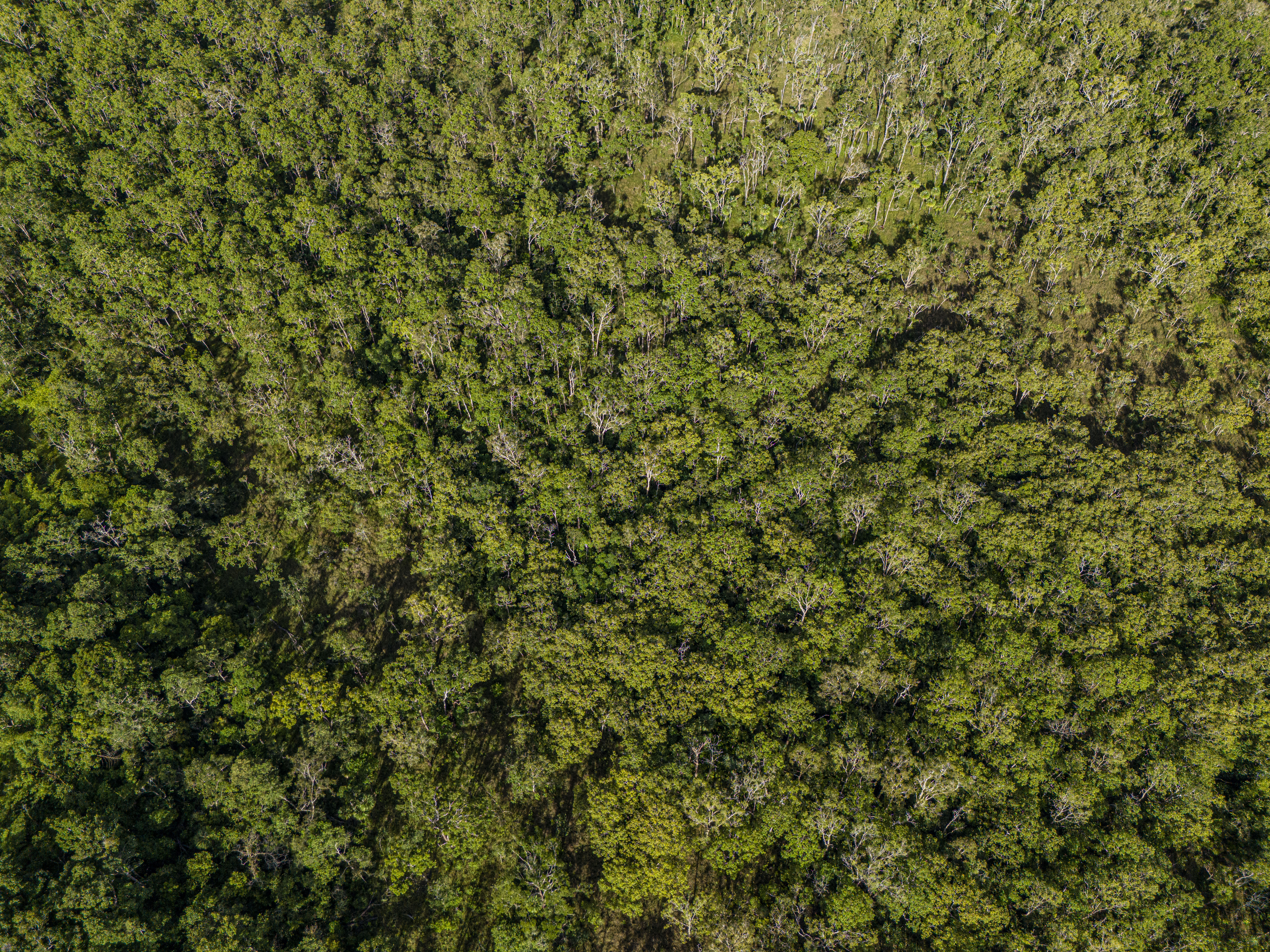
Mighty Earth “Cocoa Accountability Map” Brings Unprecedented Transparency to Cocoa Industry in Côte d’Ivoire
(Version française ici)
Interactive map includes never-before-released information, including locations of Rainforest Alliance and Fairtrade certified co-ops and sourcing information for major chocolate companies.
In a historic first, Mighty Earth today announced the public release of its Cocoa Accountability Map for Côte d’Ivoire, an interactive map and integrated database covering almost 5,000 cocoa co-ops in the world’s largest cocoa-producing country.
Datasets included in the Cocoa Accountability Map that have never before been made public include the lists of co-ops certified by Rainforest Alliance/UTZ and Fairtrade International as well as supply chain info tracking Hershey’s and Cemoi chocolate down to the co-op level. Co-op information for chocolate giants like Lindt, Nestle, Valhrona, and others are also included.
“For the first time, companies and certification organizations have made their supply chain information available, allowing us – and now anyone, anywhere – to trace cocoa better and faster,” said Mighty Earth Senior Campaign Director Etelle Higonnet. “In an industry still battling the scourges of child labor and deforestation, transparency is a vital first step to accountability and improvement. The Cocoa Accountability Map is essentially doing what the industry and government promised they would do two years ago: create a joint monitoring mechanism for cocoa. They didn’t do it, so we are doing it for them.”
Mighty Earth’s Cocoa Accountability Map will break new ground and bring an unprecedented level of transparency to the cocoa industry. The map:
- Shows deforestation alerts nationwide in Côte d’Ivoire and will refresh automatically every 2 weeks, using the IMAGES platform from Vivid Economics and Remote Sensing Applications Consultants, a tool sponsored by the UK Space Agency.
- Shows the land-use for approximately 1/3 of the cocoa region and will expand to cover the entire country by around March
- Shows almost all the cocoa co-ops in the country, with almost 5,000 included along with information such as:
- Name, contact information, number of farmers, area covered, and registration number of the co-op;
- Whether or not the co-op is certified by Rainforest Alliance/UTZ or Fairtrade International;
- How close each co-op is to a protected area;
- And, vitally, who the co-op sells to, wherever we were given that information. Mighty Earth has incorporated supply chain info down to the co-op level for Lindt, Cemoi, Nestle, Hershey’s, Valhrona, and others. Mars has begun the process of providing its information. Certain companies such as Blommer refused to embrace traceability and publish supply chain information. Some companies like ECOM have pledged to do so but have not been as fast as Nestle and others.
“The Cocoa Accountability Map will be a tremendous tool in helping to clean up the cocoa industry,” said Higonnet. “The government and industry can use this directly to check sourcing of their materials. A journalist can use this map to see where deforestation is happening before going to investigate the problem on the ground. An activist can conduct research into a problem like child labor or deforestation and then use the map to quickly get a sense of who might be buying the resultant goods. It’s a game-changer.”
“We applaud the companies that have participated and thank the government of Côte d’Ivoire’s Ministry of Agriculture and Conseil Café Cacao for their courageous leadership in providing the information about their thousands of co-ops, but more must be done. The governments of Ghana, Ecuador, and Cameroon must take similar steps to increase transparency – it is a real shame that Ghana is so far behind Côte d’Ivoire now. Companies like Ferrero and Touton, which never responded to our request for co-op data, must follow suit. And companies like Blommer Chocolate, which flat-out refused to participate, must modernize their thinking and embrace the transparency revolution sweeping their industry. Most crucially, the three largest traders – Barry Callebaut, Cargill, and Olam – must disclose the co-ops they source from.”
Mighty Earth has released this new transparency tool just ahead of the peak deforestation season in Cote d’Ivoire and Ghana – January to March – and ahead of a key meeting taking place, where major donors and Ivorian and Ghanaian government officials will be meeting to discuss the future of monitoring deforestation for the Cocoa and Forests Initiative (CFI). The Cocoa Accountability Map is a growing, evolving, and continuously improving tool – any and all additional information sent to Mighty Earth to complete the data will be welcome.


